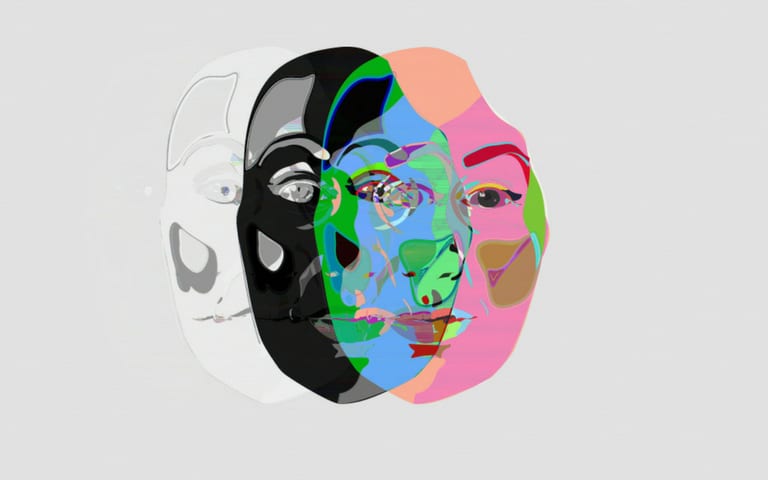
By: Nikkia Adolphe, PR Director
When we look across various industries, artificial intelligence (AI) advancements continue to surge. In the consumer sector alone, Apple introduced its HomePod earlier this year to compete with Amazon’s Echo and Google’s Home AI assistants. Sephora, Estee Lauder and other retailers have refined the use of chatbots to engage and interact with customers rather than just talking.
PR has not escaped this wave of AI innovation. AI and machine learning are already in common use for everyday PR tasks like developing media lists and researching. However, other elements of our job require special attention that cannot be replaced by robots. The profession needs to shape a distinctive approach to this technology.
The Foundation of Trust: It Can’t Be Learned by Machines
As PR professionals, it is our responsibility to hold true to the fundamentals on which our profession is built: trust and storytelling.
Marketing and advertising typically assert a brand’s message by explicitly detailing its true product and/or service advantages. Most times, consumers are aware that advertising is a hard sell. But as we know, PR doesn’t apply this same approach; selling an “idea” or “story” is about establishing trust in the very beginning.
In common with news reporting, PR has to be based on accuracy and facts. Even with the most advanced capabilities, AI and robotic machines do not have the know-how, for instance, to fully validate a brand’s argument from a human perspective. As a consequence, AI technology cannot reliably differentiate PR from traditional advertising tactics.
In a time where news validity is being questioned, PR professionals have an opportunity – indeed, a responsibility – to do more to drive trust and empower journalists in ways that do not fully depend on AI or robots.
Storytelling Requires Human Intelligence and Relationships
There’s been quite a bit of dialogue about communications content ultimately being replaced by robot writers and automation. We’re already seeing intelligent tools such as Persado curating marketing copy for brands, but these tools in no way threaten our roles as PR professionals.
Why? Because effective public relations and storytelling require emotional intelligence in addition to human trust. The best kind of PR cultivates relationships among three parties: brands, customers and the media. Under the disruptive pressure of the internet and social media, journalists face particular challenges these days. They increasingly are tasked with wearing multiple hats and assuming more responsibilities while also pumping out a greater volume of stories. They rarely have time to waste or even to provide the level of attention that they may have given a story in the past.
Knowing this, PR professionals can assist journalists by establishing authentic relationships that instill truth and validity to news coverage while getting a client’s brand recognized/included in a story. As PR professionals, we always have to be intuitive and keep our hands on the pulse of what the media cares about in its search for new and compelling stories. AI robots and technology do not have the intuitive capability – not yet, anyway – to develop unique story angles that can meet the specific needs of every journalist.
Trust and storytelling are PR’s two key, fundamental elements that cannot be questioned or overlooked because our client and media relationships depend on them. Sure, AI and automation have no doubt made our lives easier and will continue to revolutionize our profession. But at the center of it all, trust and the ability to tell a unique story cannot be automated; it requires a human touch.